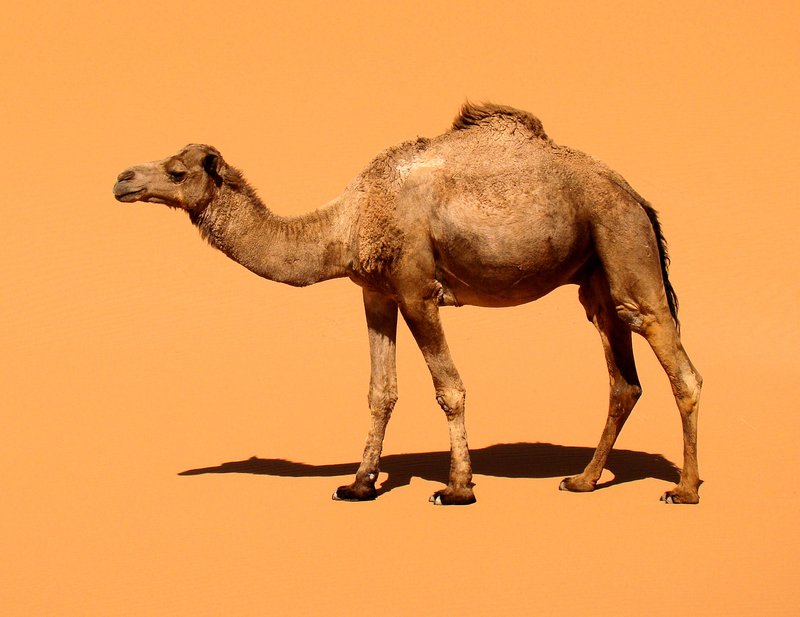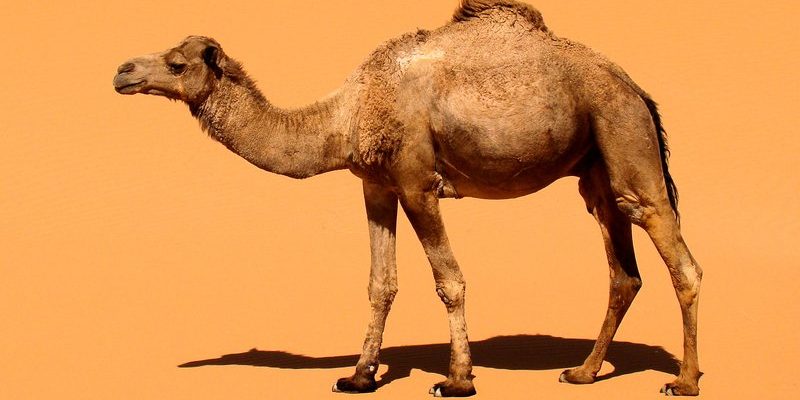
Let’s take a moment to understand the dromedary camel better. Imagine being able to go for days without water, carrying heavy loads across vast, sandy landscapes. This is life for the dromedary, making it an essential companion for many people in deserts. However, as habitats change and human activities increase, the question arises: Is the dromedary endangered? In this article, we’ll dive into what’s happening with these incredible creatures and what it means for their future.
Understanding the Dromedary Camel
Dromedaries, scientifically known as *Camelus dromedarius*, are fascinating animals that have adapted beautifully to harsh climates. You might consider them the ultimate survivors. They can tolerate extreme temperatures, ranging from scorching heat during the day to chilly nights. Their unique biology allows them to lose up to 25% of their body weight in water without severe effects. This incredible ability to conserve water makes them invaluable in arid regions.
These camels are more than just remarkable biological wonders; they hold significant cultural importance in many societies. They have been domesticated for thousands of years, serving as transport animals and providers of milk and meat for various communities. Historically, they’ve been referred to as “ships of the desert,” emphasizing their crucial role in human survival and trade in desert regions.
Despite their impressive adaptations, the dromedary faces threats that stem from both natural and human influences. It’s essential to recognize these challenges to understand their current conservation status.
The Global Population and Its Trends
So, what does the population of dromedaries look like today? Interestingly, the dromedary is not currently classified as endangered by the IUCN (International Union for Conservation of Nature). In fact, their population has remained relatively stable, with estimates suggesting there are over 20 million dromedaries worldwide. You might think that’s good news, but it’s not the whole story.
The vast majority of these camels are domesticated, which means living in controlled environments with humans. In the wild, their population is much smaller and faces threats from habitat loss, climate change, and competition with other livestock. This highlights a significant distinction: while domesticated dromedaries thrive in human-managed environments, their wild counterparts face increasing difficulties.
It’s worth noting that the decline of wild dromedaries could eventually impact domesticated populations. As environmental conditions worsen, the need for conservation efforts becomes more pressing. Understanding population dynamics helps us see how interconnected human activities and animal welfare truly are.
Threats Facing Dromedary Camels
You might be wondering, “What exactly threatens the dromedary?” Several factors play a role, primarily linked to human behavior and environmental change. Here are a few key threats:
- Habitat Loss: Expanding agriculture and urban development encroach on the natural habitats of wild dromedaries, reducing their living space.
- Climate Change: Changes in weather patterns affect food availability and water sources, making survival more challenging.
- Overgrazing: Domesticated dromedaries often compete with livestock for resources, leading to overgrazing and degradation of natural areas.
These factors can trigger a domino effect, making it much harder for dromedaries to thrive, especially in the wild. While domesticated populations are managed by humans, wild ones are not as lucky. The balance of nature requires thoughtful action from us to help protect these incredible animals and their ecosystems.
Conservation Efforts and Their Impact
Good news! Several organizations and local communities are working tirelessly to promote the conservation of dromedary camels. These efforts focus on protecting their natural habitats, educating people about sustainable practices, and promoting awareness about the importance of these animals.
For example, some projects aim to restore degraded habitats through reforestation and sustainable land management practices. By working with local communities, these initiatives encourage alternate livelihoods that reduce pressure on dromedary populations. When people understand the value of preserving the natural environment, everyone—animals included—benefits.
In addition, research is vital in informing conservation strategies. Gathering data on wild dromedary populations helps conservationists track trends and develop targeted strategies. Collaborations between scientists, governments, and local communities create a more robust framework for protecting these camels and their habitats.
The Role of Local Communities
Local communities play a crucial role in conserving dromedary populations. In many regions, these camels are integral to traditional ways of life. By engaging communities in conservation efforts, we can leverage their knowledge and connection to the land to help protect these animals.
Successful conservation programs often include educational components that teach sustainable practices. For instance, when local herders learn about efficient grazing techniques or water conservation, it directly benefits both their livestock and the environment. Knowledge-sharing creates a win-win situation for both humans and dromedaries.
Moreover, supporting local economies through ecotourism can foster a more profound commitment to conservation. When communities see financial incentives for maintaining healthy dromedary populations, they’re more likely to participate in conservation efforts. It’s about finding that balance between human needs and wildlife protection.
Future Outlook for Dromedary Camels
The future of dromedary camels depends on a mix of conservation efforts, community involvement, and global awareness. While they may not be endangered in the traditional sense, the challenges they face could change their status if we don’t take action. Environmental changes and human pressures are dynamic forces that require constant attention.
Investing in conservation strategies is crucial, but so is fostering a sense of stewardship within communities. Remember, every small action counts, whether it’s engaging in sustainable practices or supporting local conservation initiatives. Awareness is the first step toward making a difference.
As we look to the future, it’s essential to stay informed about the dromedary’s situation. Supporting organizations dedicated to conservation work can help ensure that these extraordinary animals continue to thrive for generations to come.
In conclusion, while the dromedary camel isn’t classified as endangered, it faces significant threats that could impact its wild populations. The balance of conserving these remarkable animals hinges on our actions—conservation efforts, community engagement, and global awareness all play vital roles.
By recognizing the importance of dromedaries and supporting sustainable practices, we can work towards a future where these creatures continue to thrive alongside us. After all, the world is a more vibrant place when we appreciate and protect the unique species that share our planet.

